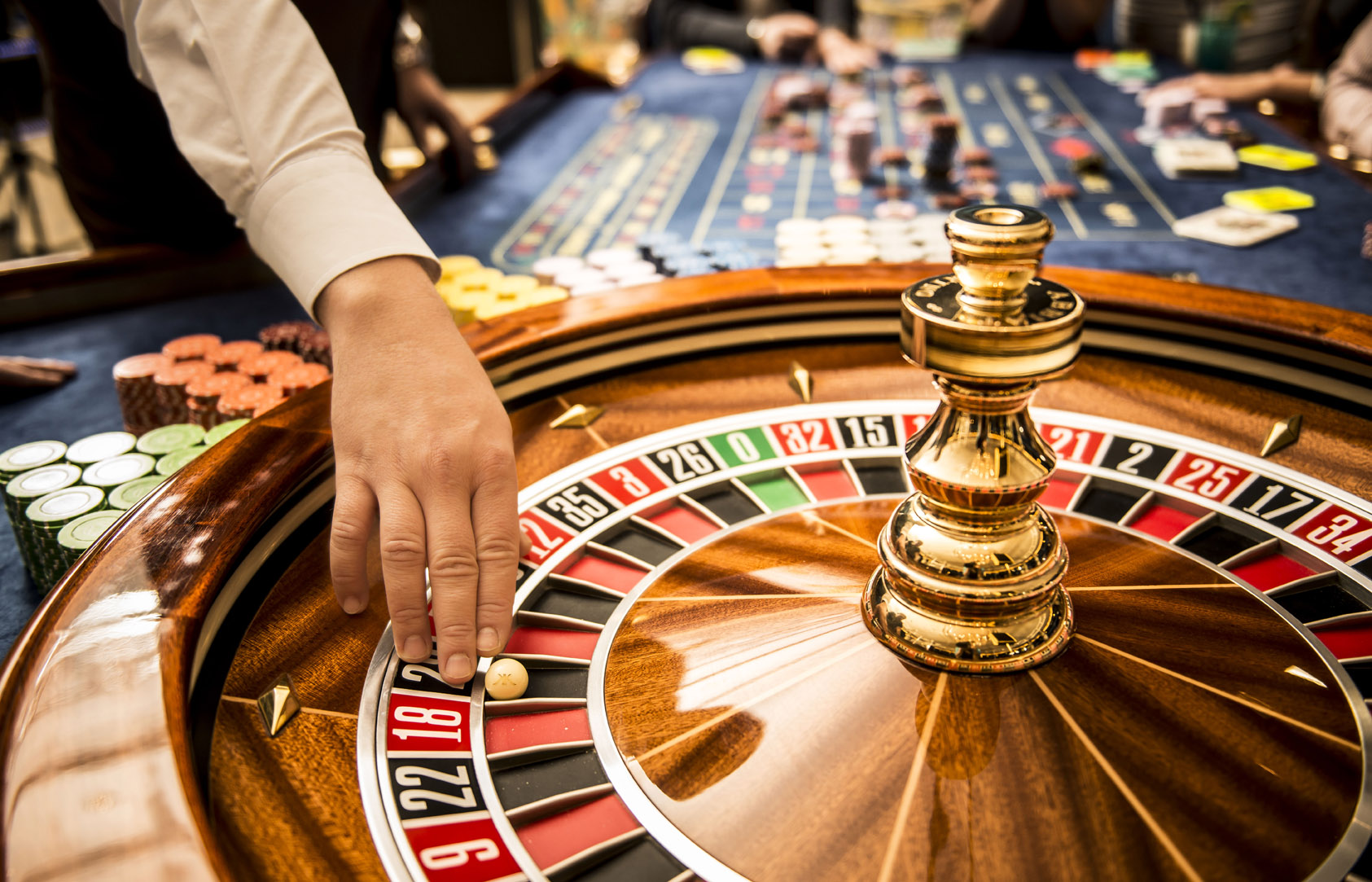
Gambling games have long captivated the human imagination, drawing participants into a world filled with fortune, planning, and the allure of thrill. Each activity is painstakingly crafted not just for enjoyment, but also to evoke particular emotional responses that keep gamblers engaged and interested. Understanding the drives behind these designs reveals much about how behavioral psychology plays a crucial role in the gaming experience.
From the vivid lights and dynamic sounds to the sophisticated layering of rules and rewards, casino games are designed to create an atmosphere of excitement and anticipation. Game designers leverage behavioral strategies to influence participant behavior, whether through the use of jackpots, almost wins, or community engagement. By examining these factors, we can better appreciate how casino games fulfill not just a want for entertainment, but underlying psychological needs for adventure and hazard.
Grasping Gamer Behavior
Casino games are crafted with a thorough grasp of player psyche, which is essential for drawing in and keeping players. The excitement of the game, coupled with the expectation of winning, creates a formidable attraction. Game designers make use of elements like sound effects, colorful graphics, and engaging gameplay to seize attention and generate emotional responses. These sensory experiences enhance the immersive experience, making players feel more attached in the game.
Another significant aspect of player behavior is the idea of risk and reward. Casino games often weigh risky situations with the potential for significant rewards, which can cause the occurrence known as near-miss phenomenon. When players come near to winning, the brain produces dopamine, bolstering their behavior and encouraging them to persist playing in search of that elusive win. This cycle of wish and letdown plays a crucial role in how games are constructed and marketed.
Lastly, community aspects also play a critical role in player behavior at casinos. Many games are designed to be played in groups or in company with other players, fostering a sense of togetherness and shared experience. The community engagement inherent in games like baccarat enhances enjoyment and can culminate in longer play sessions. Designers take advantage on this by crafting environments that prompt players to linger, connect, and come back, making the overall casino experience more appealing.
The Role of Visuals and Audio
Imagery and audio play a significant role in improving the player’s experience within gambling games. Designers utilize vibrant colors, striking graphics, and captivating animations to grab gambler’s attention and sustain their interest. The use of themes, such as exploration or luxury, helps create an immersive atmosphere that transports players into a different world. By connecting to the senses, these elements add to a heightened emotional response, encouraging players to interact more deeply with the games.
Sound design is just as important in reinforcing the overall experience of gambling games. ไฮโลออนไลน์ The combination of ambient music, sound effects for winning combinations, and ambient noises creates an sound landscape that keeps players fascinated. Audio cues associated with wins, such as chiming bells or celebratory music, evoke feelings of thrill and satisfaction, encouraging players to continue playing. These audio cues are carefully placed to amplify the thrill of the game and create a more immersive experience.
Additionally, the alignment of imagery and sound is essential for reinforcing the game’s overall theme and mood. Each element should coordinate harmoniously to create a unified experience that pulls players in. The effective use of this synergy not only enhances user satisfaction but also boosts the likelihood of repeat play, as players become more engaged in the captivating world that the casino games offer. This thoughtful integration of imagery and sound ultimately enhances player involvement and loyalty.
Reward Systems and Participation
The creation of casino games heavily relies on reward structures to ensure players engaged and returning for additional experiences. These structures are rooted in psychological principles that take advantage of human behavior and desire. Players are often motivated by the excitement of success, which is reinforced by immediate responses through the game structure’s mechanics. This instant gratification not only improves the overall experience but also cultivates a feeling of achievement, encouraging participants to continue playing in hopes of greater rewards.
Casinos adopt various reward structures, including jackpots, extra rewards, and increased rewards, to engage participants. These elements create a layer of excitement that maintains engagement. Additionally, the unpredictability of outcomes plays a crucial role in sustaining interest. The intermittent reinforcement schedule, where successes are unpredictable but occur often enough, keeps players on edge and driven to continue participating. This loop of anticipation and anticipation is essential to the success of casino games.
Furthermore, community aspects, such as tournaments and collaborative options, enhance the participation factor by leveraging the competitive nature of players. The shared experience of gaming with others can amplify the excitement of success and create a sense of community within the casino. By integrating these social dynamics with effective incentive structures, casino games don’t just provide entertainment but also nurture a stronger connection among players, solidifying their commitment to the gaming experience.
